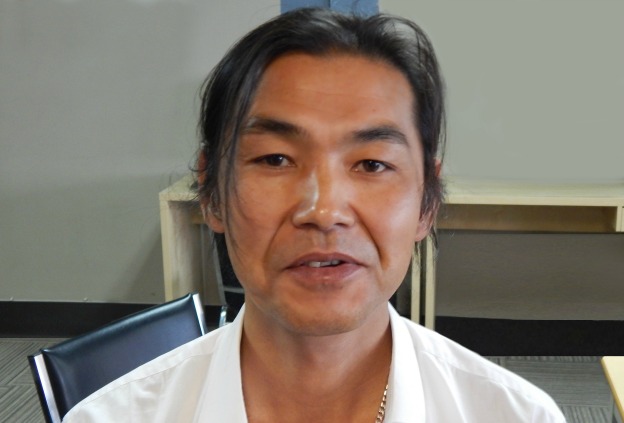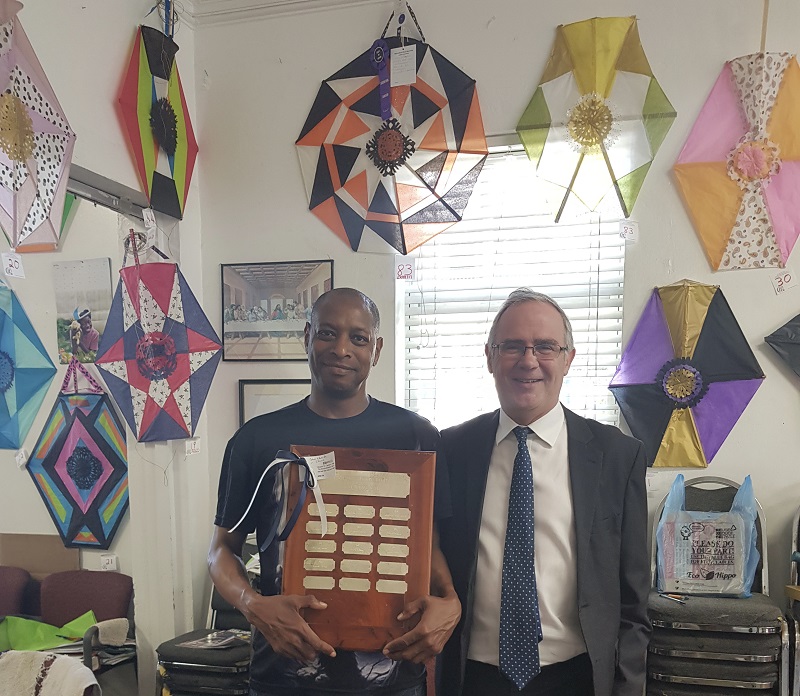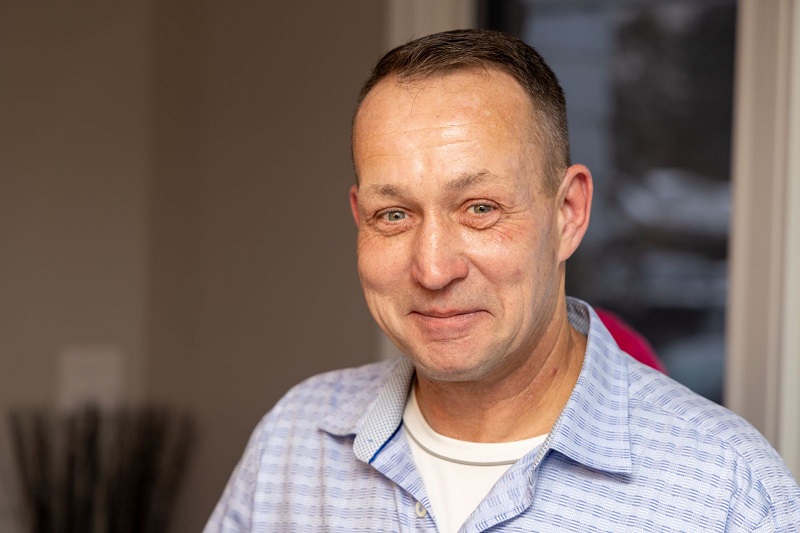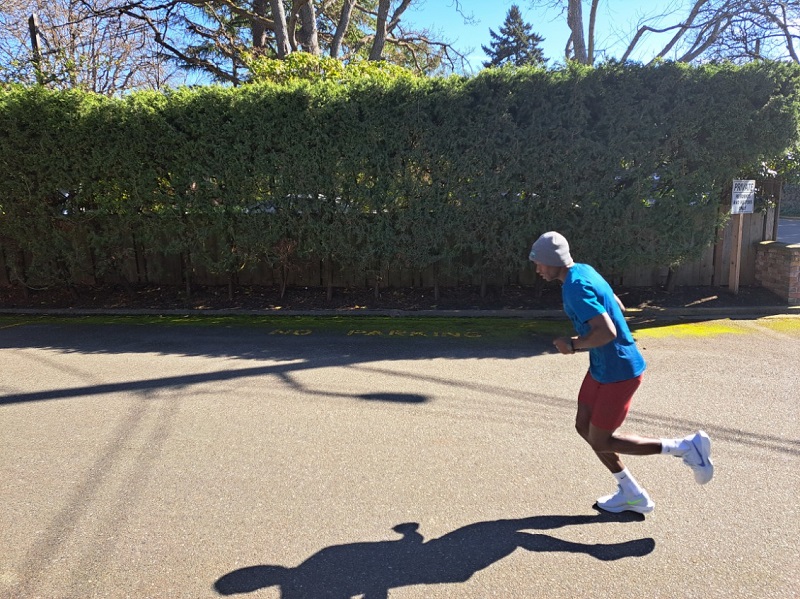A Night of Hope

Take (pronounced talk-ee), a former auto mechanic, knows how it feels to be homeless. He was at an all-time low when he walked through the doors of The Salvation Army’s Anchor of Hope in Vancouver’s Downtown Eastside. “I was ready to die in the cold,” says the 52-year-old. “I’m lucky to be alive.”
Life began to unravel after a ski accident crushed a disc in Take’s lower back. The pain was excruciating and he couldn’t work.
“I was self-employed and had no benefits,” says Take. “I gave up lots to survive. First it was my car, then my phone and then food. I lived on rice and bread. When I could no longer afford rent the locks were changed on my apartment and I was suddenly homeless.”
In December 2014, with $5 in his pocket and the clothes on his back, Take set out in sub-zero temperatures to find shelter. But they were all full.
Homeless Help
“I just wanted warmth, a place to rest my aching back and a roof over my head,” says Take. “When I found The Salvation Army I didn’t care whether I lived or died. I’d lost total hope.”
The Anchor of Hope emergency shelter provided Take with a bed and a hot meal. “They gave me a bowl of soup and I cried,” says Take. “I was so grateful.”
The next day Take was directed to The Salvation Army’s Beacon Shelter where he was provided with housing and meals. He also had access to a computer where he let his family in Japan know he was safe, an address so he could collect welfare and help to find suitable and affordable housing.
“I lived at Beacon Shelter for one month,” says Take. “That might seem small—but it was where my second life started.”
Moving Forward
Take eventually moved into his own apartment, completed his high school education and took a basic addictions counsellor course. He still couldn’t work full-time due to his acute back pain so volunteered at the Anchor of Hope drop-in centre. “I wanted to thank The Salvation Army,” says Take.
After eight months of serving refreshments to guests and providing a listening ear, Take was hired on as a casual shelter worker. In September 2018 he secured a full-time position.
“Life is wonderful now,” says Take. ”I had no goal in life. I lost it when I became homeless. That’s the worst feeling. At the Anchor of Hope I have something I want to do, which is to help others in need. That gives meaning to my life.
“In the future I plan to counsel troubled youth. But for now, working with homeless clients is perfect because I know exactly how they feel. I was there.”



